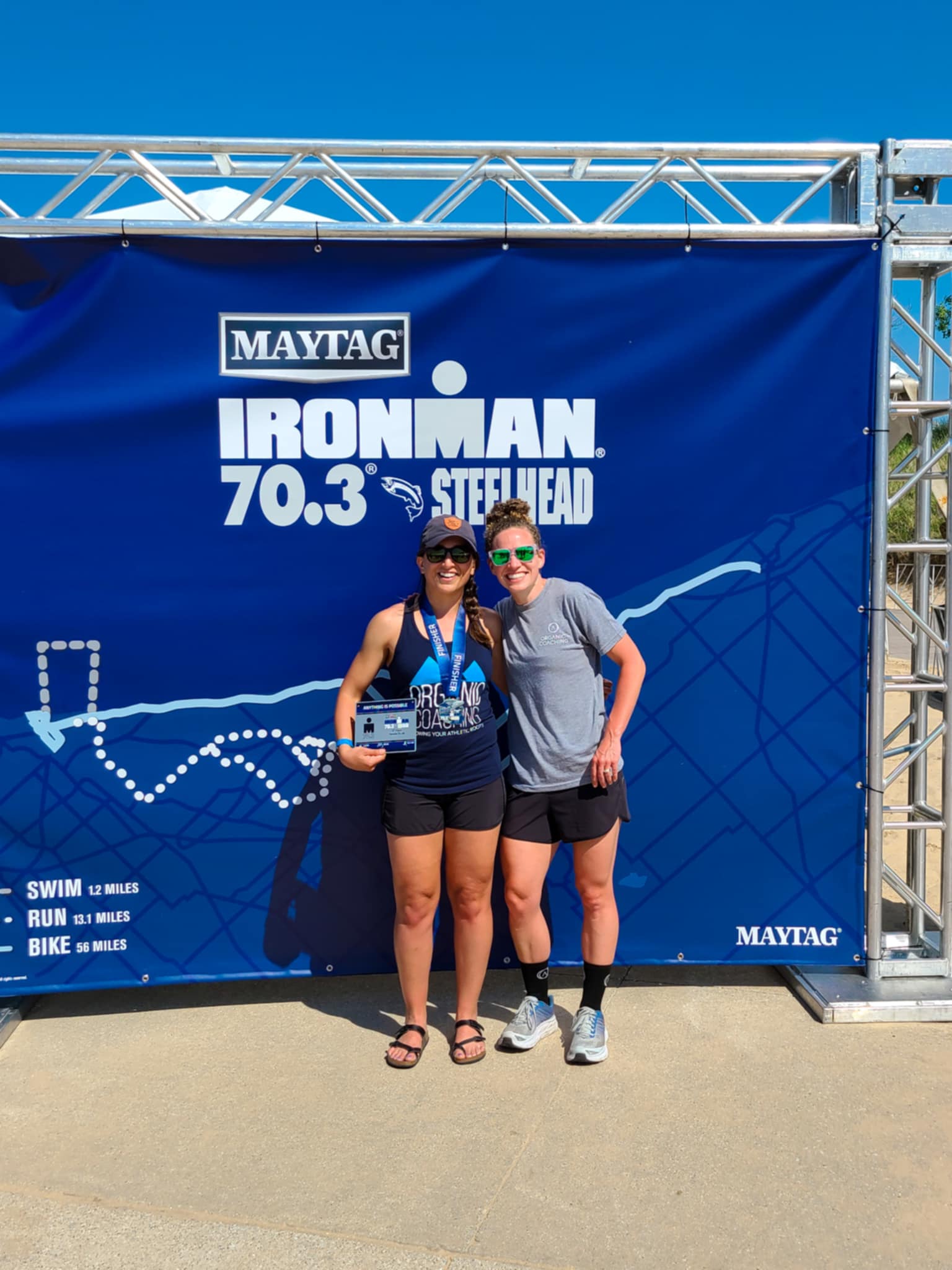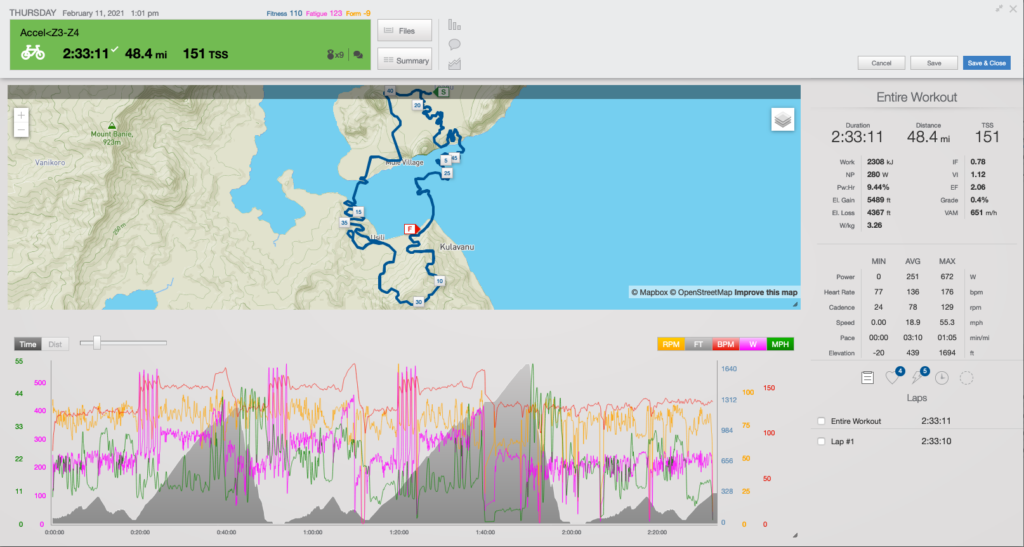

If you’re a busy triathlete juggling family, work, and training, you already know that the biggest challenge isn’t just swimming, biking, and running—it’s finding time to do it all. Whether you’re preparing for a full Ironman or your first sprint triathlon, efficiency is the name of the game. Good news: you don’t need more hours in the day—you just need smarter time-saving training strategies.
These five time-saving triathlon training hacks will help you train more effectively, stay consistent, and still crush your race goals. Let’s dive in.
If you’re tight on time, not every workout needs to be long to be effective. High-Intensity Interval Training (HIIT) can deliver a major aerobic and anaerobic boost in as little as 30-45 minutes.
Instead of a 90-minute steady-state ride, try a 45-minute indoor bike session with short bursts of effort—think 5 x 3-minute intervals at 90% effort with equal rest. You’ll increase your power, burn more calories, and improve cardiovascular fitness in less time.
HIIT also works great for swimming and running:
Bonus Tip: Limit warm-ups and cooldowns to 5-10 minutes each to keep the session short and focused.
Brick workouts—training two disciplines back-to-back—are the ultimate time-saver for triathletes. They mimic race-day transitions and improve muscular endurance without requiring separate workouts for each discipline.
The most common brick workout is a bike-to-run combo, such as:
This not only saves time but teaches your legs to adapt quickly to the bike-to-run transition. You can also mix in swim-to-bike bricks (swim, then ride on a trainer) if you’re preparing for longer distances.
Pro Hack: Set your gear up beforehand to make transitions seamless. A quick towel wipe, shoe swap, and you’re off.

Your gear can do more than track miles—it can save time and optimize your training. GPS watches, bike computers, heart rate monitors, and triathlon training apps like TrainingPeaks, Garmin Connect, and Zwift, provide personalized insights and eliminate guesswork.
If you’re coached, most programs are delivered digitally, meaning your plan, feedback, and updates are all in one place. Even a self-coached athlete can benefit from automated reminders and structured workouts.
Pro Hack: Schedule workouts directly into your calendar with reminders to stay accountable and efficient.
Training takes time, but so does eating well. Planning your nutrition for the week ensures you’re fueled and recovered without resorting to last-minute junk food or skipping meals.
Here’s how to streamline:
Also, practice on-the-go fueling: use training sessions to test what works for your stomach so you’re not scrambling on race day. Keeping things simple helps avoid time-wasting decision fatigue.
Pro Hack: Create a rotating grocery list and meal plan—reuse it weekly so you don’t have to start from scratch every time.
When you’re short on time, it’s tempting to skip recovery. But smart recovery is the secret sauce to consistent, injury-free training. You don’t need hour-long massages—just a few strategic tools and habits.
Top time-saving recovery tips:
Recovery doesn’t take time—it gives you more time by helping you bounce back faster.
Pro Hack: Keep a foam roller, resistance band, or massage gun by your desk or couch to encourage spontaneous use.
For many busy triathletes, early morning sessions are a lifesaver. Training before the rest of the world wakes up guarantees consistency—no unexpected work calls, errands, or toddler meltdowns.
Even a quick 30-minute run or swim in the early morning can set the tone for the day and keep you moving forward in your training.
Not a morning person? Start small—just one early session per week and build from there.
By implementing just a few of these time-saving strategies, you’ll see better results, enjoy training more, and reduce burnout. Remember, consistency beats perfection, and something is always better than nothing.
Looking for more tips?
Sign up for our free guide: “9 Time-Saving Workouts for Busy Triathletes”—perfect for squeezing in solid training even on your busiest weeks.

Carly and Tyler Guggemos built Organic Coaching in 2014 with a simple philosophy that works. The idea is to take what you have and grow it to get faster, fitter and stronger. And to do it with the time you have – not the time you wish you had.

For athletes who are ready to take their training to the next level while still thriving and succeeding in their professional and family life.
Copyright © 2024 Organic Coaching LLC